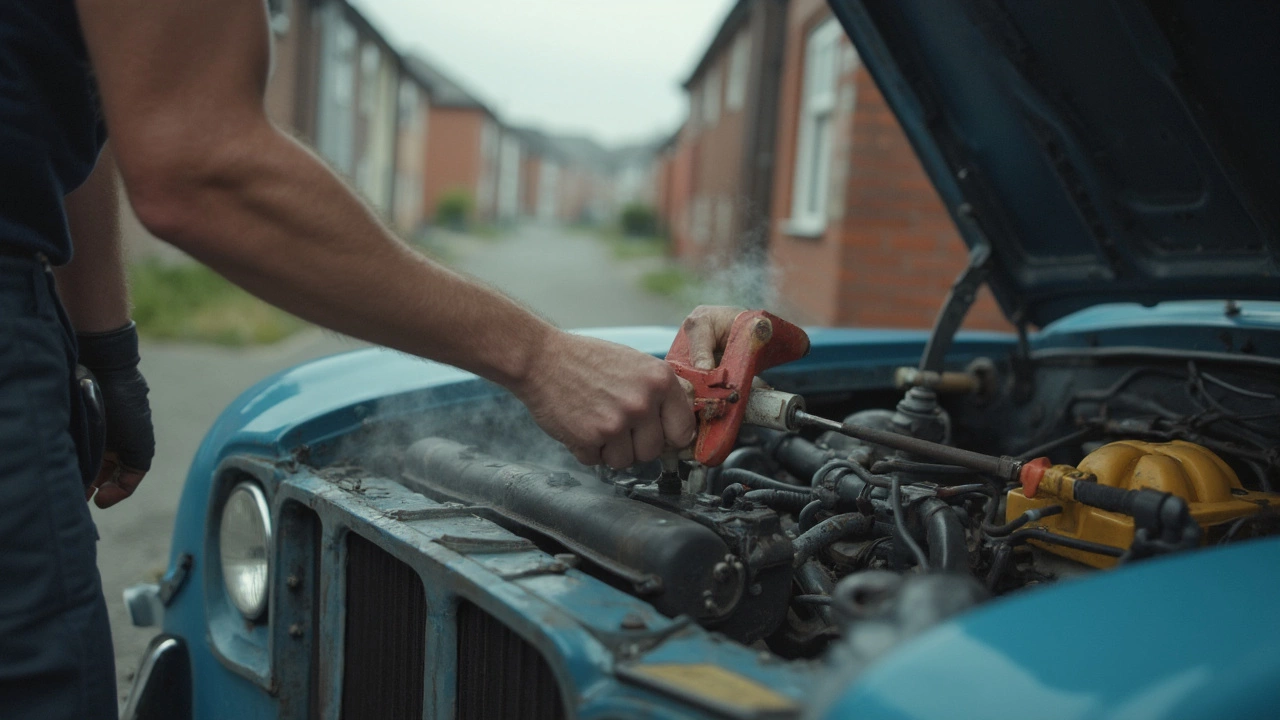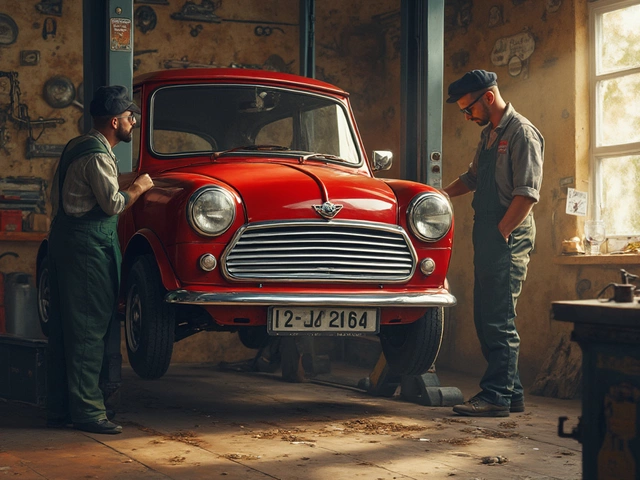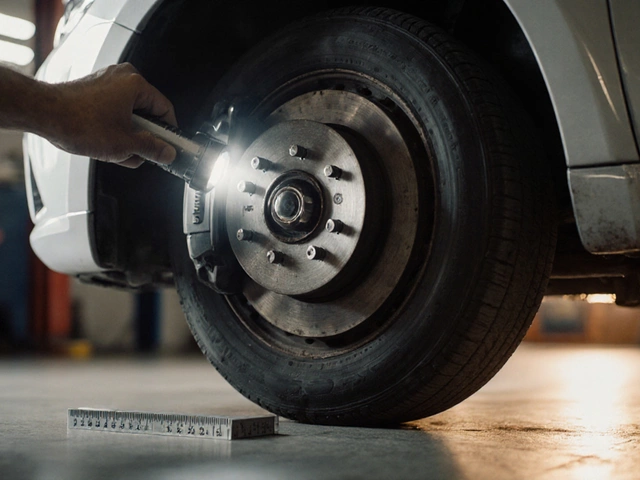Radiator Leak Fix – Quick DIY Tips to Stop the Drip
If you’ve noticed coolant puddles under your car or the temperature gauge creeping up, you’re probably dealing with a radiator leak. Ignoring it can lead to overheating, engine damage, and pricey repairs. The good news? Many leaks are easy to spot and fix yourself, and you’ll know exactly when to hand the job over to a professional.
Spotting a Leak Early
First, check the ground after you park. Coolant is usually green, orange, or pink and smells sweet. A steady drip means a small hole or a loose hose; a sudden gush could be a cracked radiator or a failed pressure cap.
Next, open the hood (engine cold) and look for wet spots, rust, or white crust around the radiator, hoses, and the thermostat housing. Pressurize the cooling system by running the engine with the cap off for a minute – you’ll hear a hiss if air is escaping.
Don’t forget the radiator overflow tank. If the fluid level keeps dropping even after topping it up, the leak is likely in the main radiator body or a hose.
DIY Fixes You Can Try
1. Tighten loose connections. Use a screwdriver or a wrench to snug any loose hose clamps. Often a clamped hose will stop leaking instantly.
2. Replace damaged hoses. If a hose looks cracked, swollen, or has split fibers, pull it off with pliers, slide a new one on, and clamp it securely. Hoses are cheap and easy to replace.
3. Seal small punctures. For tiny holes in the radiator, a commercial radiator sealant can work. Warm the engine, add the sealant to the coolant reservoir, and let the engine run for 15‑20 minutes. The product circulates and coats the leak from the inside.
4. Check the pressure cap. A faulty cap won’t hold the system’s pressure, causing coolant to escape. Replace it if the spring feels weak or the seal looks worn.
5. Flush the system. Sediment can corrode the radiator over time. Drain the old coolant, flush with a mix of water and a small amount of radiator cleaner, then refill with fresh coolant.
If after these steps the leak persists, the radiator itself may be cracked. In that case, a professional repair or a full radiator replacement is the safest route.
When to Call a Pro
Call a garage if you hear bubbling or steam, if the temperature gauge spikes despite the fan turning on, or if the leak is under the engine block where you can’t see it. Also, if you’re not comfortable working with hot coolant, it’s better to let a technician handle it.
Professional repairs typically cost between £80 and £200 for a simple radiator seal, but a full replacement can run £250‑£500 plus labour. Getting it fixed early saves you from a blown head gasket, which can cost over £1000.
Bottom line: regular visual checks, tight hoses, and fresh coolant go a long way in preventing leaks. Spot a problem early, try the quick fixes above, and you’ll keep your car cool without breaking the bank.
 20 April 2025
20 April 2025
Can You Fix a Radiator Without Replacing It? Real Solutions for Car Troubles
Ever wondered if you can fix a leaky or clogged radiator without shelling out cash for a new one? This article walks you through practical ways to save your car’s radiator using real-world fixes. We’ll talk about common issues, actual repair options, and when it’s worth trying a repair at home. You’ll get clear tips, warning signs to watch out for, and advice on when to call in the pros. No fluff—just honest info that could save you time and money.






0